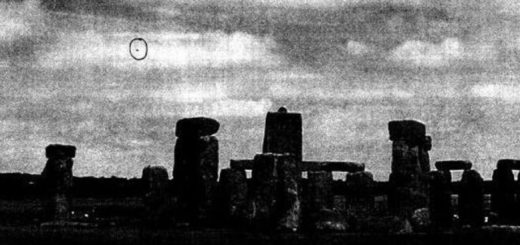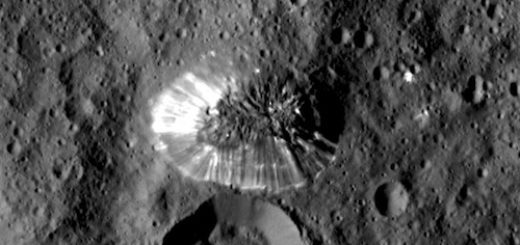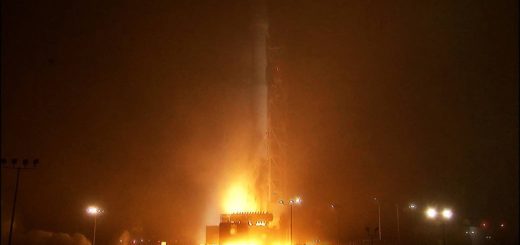NASA and the enigma of the of 8000 year old Swastika

NASA scientists are trying to decipher the enigma of over 260 geoglyphs located in Kazakhstan, and among them is the unmistakable Swastika. The Swastika, also referred to as the gammadion, is one of the oldest and most widespread symbols on planet Earth. And if you thought it is a symbol that represents evil and death, you are very wrong. To make it short and clear, the Swastika symbol stands for peace and prosperity and is a very positive symbol.
It is considered a universal symbol and was used by numerous cultures and ancient civilizations throughout history. As we know it today, Swastika is actually a Sanskrit word which means “that which is good” or “all is well” but some translate it to “lucky or auspicious object”, whatever the translation it is a very positive symbol. In Hinduism it is a very sacred symbol deeply connected with luck and prosperity, and yes, there is a lot to be learned about this ancient symbol which has been misinterpreted since 1900’s’.
Getting back to the geoglyphs at Kazakhstan, numerous theories have started to surface about these figures of between 90 and 400 meters in diameter which were found by Dmitry Dey in 2007, and no one has been able to accurately explain their origin, meaning, purpose and exact age ( sort of).
Well, scientists believe that so far they might be close at confirming the age of the symbols, or at least some of them. According to preliminary research the Swastika is at least 8,000 years old, which makes it one of the oldest symbols ever discovered on our planet. To solve the remaining mysteries researchers have joined with Astronauts aboard the International Space Station, who photographed the geoglyphs to provide data that can clarify the mysterious origin and purpose of the geoglyphs of Kazakhstan.
According to the discoverer of the enigmatic geoglyphs, these were made by an ancient civilization to systematize the daily movement of the sun, while the swastika, the only figure topped with wooden material could have been used as some kind of lucky charm since for ancient people, this ancient symbol represented luck and prosperity.
While researchers on the ground are waiting for new data from astronauts aboard the international space station, numerous teams of researchers have turned towards a comparative analysis seeking to find similarities and continuities between these huge drawings in Kazakhstan and similar located in halfway around the world at Nazca.
While researchers are unsure what the exact purpose of the Nazca lines was, many believe that just like the geoglyphs found in Kazakhstan, the Nazca lines were meant to be seen from above, since it is clear that from the ground, neither the lines at Nazca nor Kazakhstan can be identified properly. The fact that both the Nazca lines and Kazakhstan geoglyphs can be seen from Space is an incredible fact that makes you wonder if there is a more mysterious purpose to these two incredible ancient sites.



 Creators of mankind
Creators of mankind Description of “Tall white aliens”
Description of “Tall white aliens” Where they came from?
Where they came from? About hostile civilizations
About hostile civilizations The war for the Earth
The war for the Earth “Tall white aliens” about eternal life
“Tall white aliens” about eternal life Video: “Nordic aliens”
Video: “Nordic aliens” Aliens
Aliens Alien encounters
Alien encounters The aliens base
The aliens base UFO
UFO Technology UFO
Technology UFO Underground civilization
Underground civilization Ancient alien artifacts
Ancient alien artifacts Military and UFO
Military and UFO Mysteries and hypotheses
Mysteries and hypotheses Scientific facts
Scientific facts


















